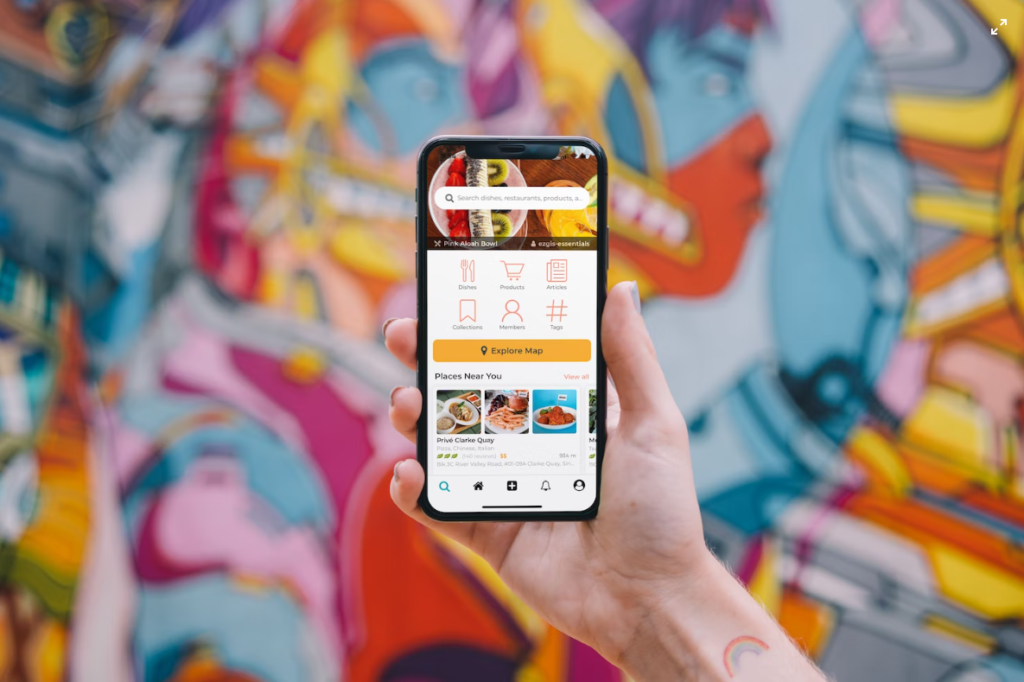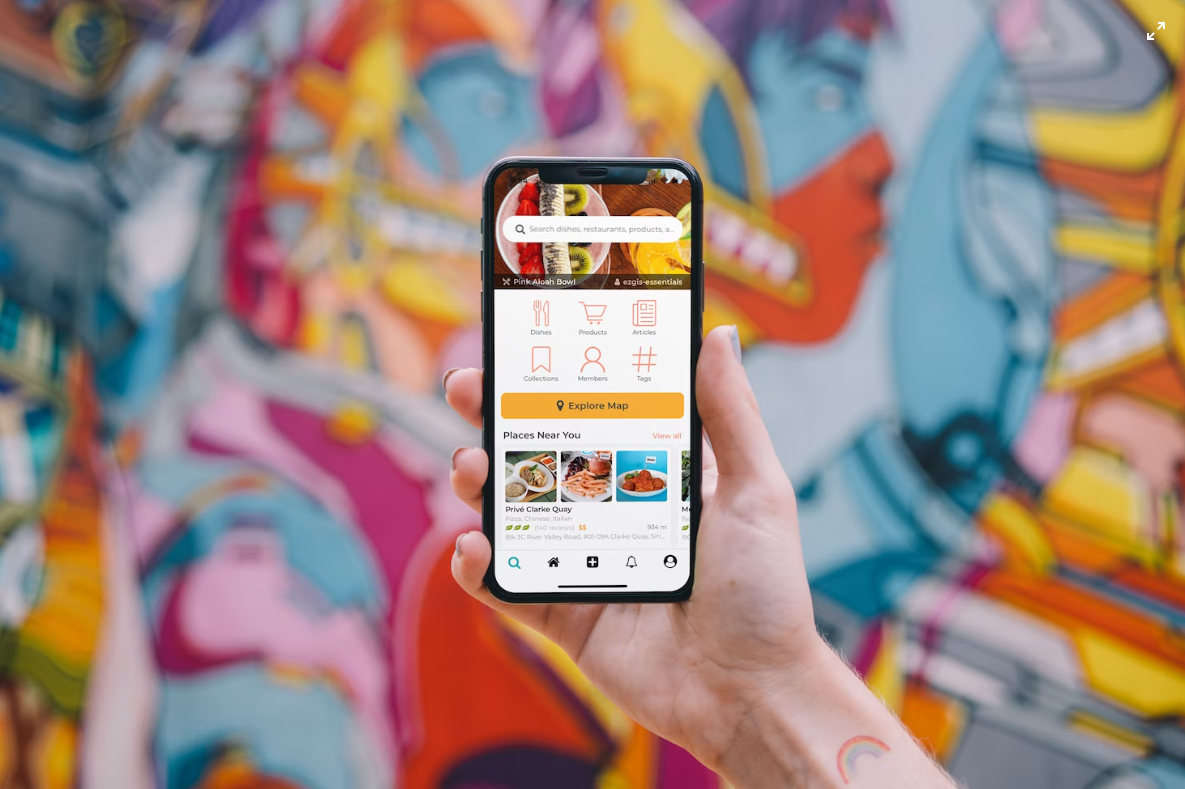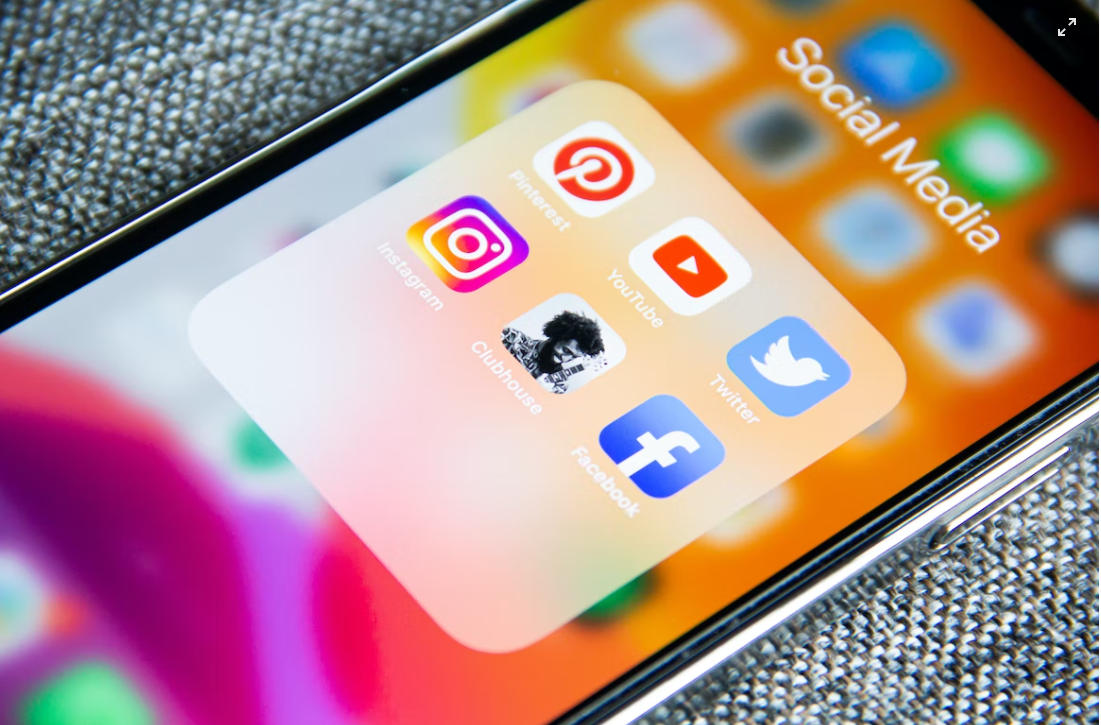
Creating a mobile marketing strategy is an essential part of reaching and engaging with customers in today’s digital age. With the majority of internet users accessing the web through their smartphones, it’s crucial for businesses to optimize their marketing efforts for mobile devices. In this article, we’ll go over the steps you need to take to create a successful mobile marketing strategy.
1. Identify Your Goals: The first step in creating a mobile marketing strategy is to identify your goals. What do you hope to accomplish through your mobile marketing efforts? Do you want to increase brand awareness, generate more leads, or boost sales? Clearly identifying your goals will help you create a strategy that is tailored to your specific needs.
Examples:
- A B2B software company wants to generate more leads for their enterprise-level solution through their mobile website. They set a goal to increase the number of form submissions from their mobile site by 30% in the next quarter.
- A local Real Estate agency want to increase their sales through mobile advertising. Their goal is to get 20% more leads through mobile advertising in the next month.
2.Understand Your Audience: Knowing your target audience is essential for any marketing effort, and mobile marketing is no different. By understanding your audience’s preferences, behaviors, and pain points, you can create a mobile marketing strategy that speaks to them and resonates with them. You can use tools like Google Analytics to gain insights into your audience’s demographics, location, and browsing behavior.
Examples:
- A beauty brand finds that the majority of its website visitors who engage with the site on mobile devices are females between 25-34, who are interested in skincare. To engage this audience, they create an Instagram influencer campaign targeting this group and even create a mini quiz on Instagram stories to understand their skin type.
- A Travel agency noticed that a large number of their mobile users are searching for last-minute vacations and they are mainly interested in all-inclusive packages. They then create a push notification campaign targeting users who have previously searched for last-minute vacations and promote their all-inclusive vacation packages.
3. Optimize Your Website for Mobile: With the majority of internet users accessing the web through their smartphones, it’s crucial that your website is optimized for mobile. This means ensuring that it loads quickly, is easy to navigate, and is easy to read on a small screen. If your website is not mobile-friendly, you may be losing a significant portion of your potential customers.
Example:
A fitness brand conducts a user experience study on their mobile website and found that users had difficulty navigating through different sections of their website, especially when trying to find class schedules. The brand then updates its mobile website with a prominent navigation bar that makes it easy for users to find class schedules and also makes the schedule tables more visible on mobile screens.
4. Use Mobile-Specific Advertising: Mobile-specific advertising platforms, such as Facebook, Google, and Instagram, allow you to target your ads to specific groups of users based on their demographics, interests, and behaviors. This can help you reach the right audience at the right time and increase the chances of your ads being seen and clicked on.
Example:
An online grocery store wants to increase sales of its organic produce. They use Google Ads to target users searching for “organic fruits and vegetables” and “organic grocery delivery” on their mobile devices. They also use geotargeting to ensure that the ads only show up for users in areas where the store delivers.

5. Implement SMS Marketing: SMS marketing is a powerful tool for reaching customers directly on their mobile devices. This can be an effective way to send reminders, promotions, and updates to your customers. When used correctly, SMS marketing can increase engagement, boost sales, and drive customer loyalty.
Example:
A transportation company uses SMS marketing to remind its customers of their upcoming rides and also sends them real-time updates on the status of their ride. The company also uses SMS to upsell its premium ride services to its regular customers.
6. Utilize Mobile Applications: Developing mobile applications can provide an even more intimate connection to your customers. These applications can offer a variety of functionalities such as loyalty programs, shopping carts and push notifications.
Example:
A e-learning company creates a mobile application that allows students to access their course materials, take quizzes, and communicate with their instructors. The company also includes a feature in the app where students can book office hours with their instructors, increasing the interaction and engagement with the material.
7. Measure and Analyze: As with any marketing effort, it’s important to measure and analyze the effectiveness of your mobile marketing strategy. This will allow you to identify what’s working and what’s not and make adjustments as needed. Tools like Google Analytics can help you track key metrics such as website traffic, conversions, and customer engagement.
Example:
A home services company tracks their mobile website analytics to see which services are most popular among mobile users. They found that their mobile users prefer to book appointments for their HVAC services and pest control services. With this information, the company can optimize its mobile website to make it easier for users to book these services and also puts more effort on promoting these services on mobile.

8. Continuously update and improve: The mobile market is rapidly changing and that is why you need to continuously update and improve your mobile marketing strategy. Stay on top of the latest trends and technologies, and be open to trying new things.
Example:
An automotive dealership stays on top of the latest mobile trends, such as chatbot, and also continue to make improvements to their mobile website. They also conduct regular user experience studies to see how customers interact with their mobile site, and use the findings to make updates and improvements. For example, they include a chatbot that can answer frequently asked questions and help users schedule test drives and service appointments.
In conclusion, creating a mobile marketing strategy can help you reach and engage with customers where they are most active. It involves identifying your goals, understanding your audience, optimizing your website for mobile, using mobile-specific advertising, implementing SMS marketing, utilizing mobile applications, measuring and analyzing your efforts, and continuously updating and improving your strategy. With a well-executed mobile marketing strategy, you can increase brand awareness, generate leads, and boost sales.





